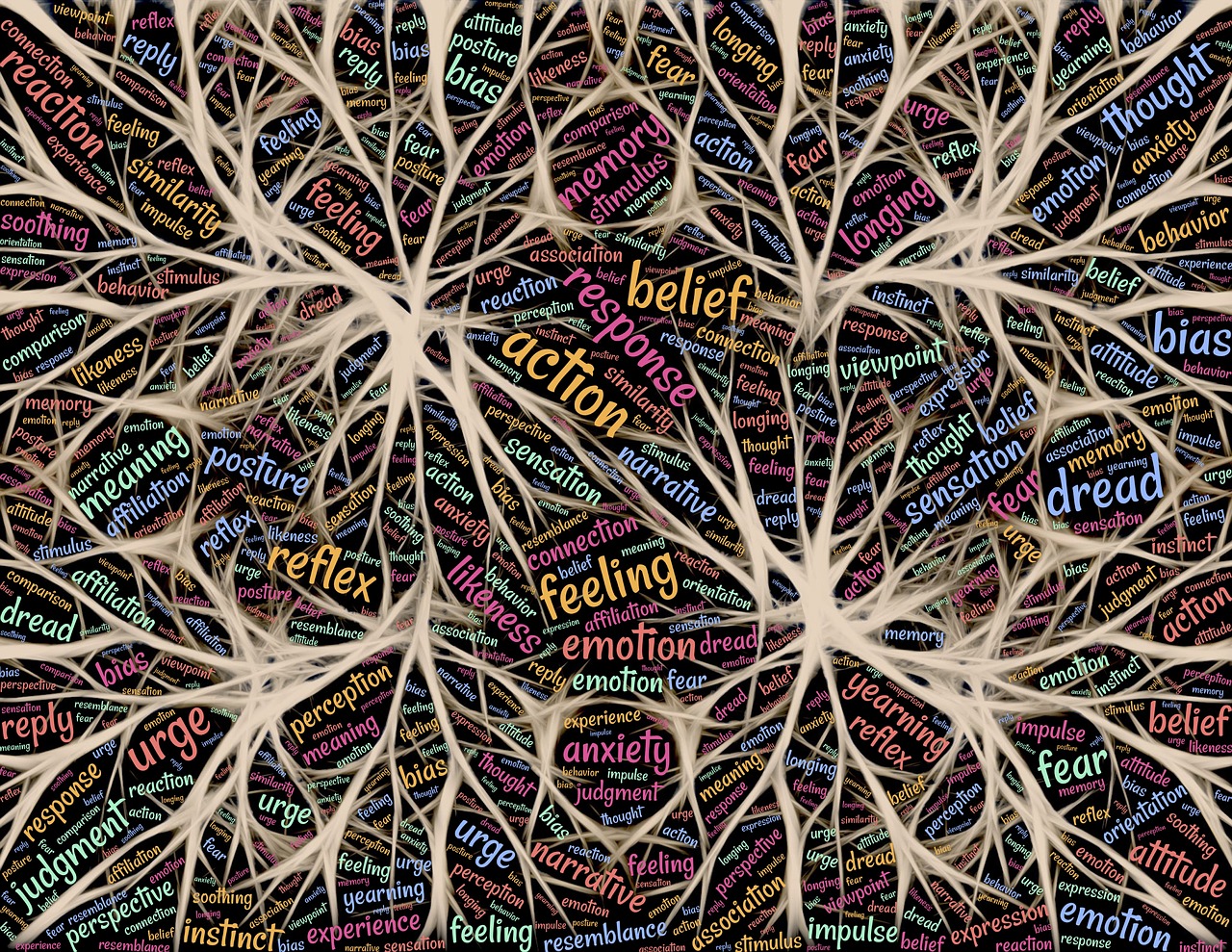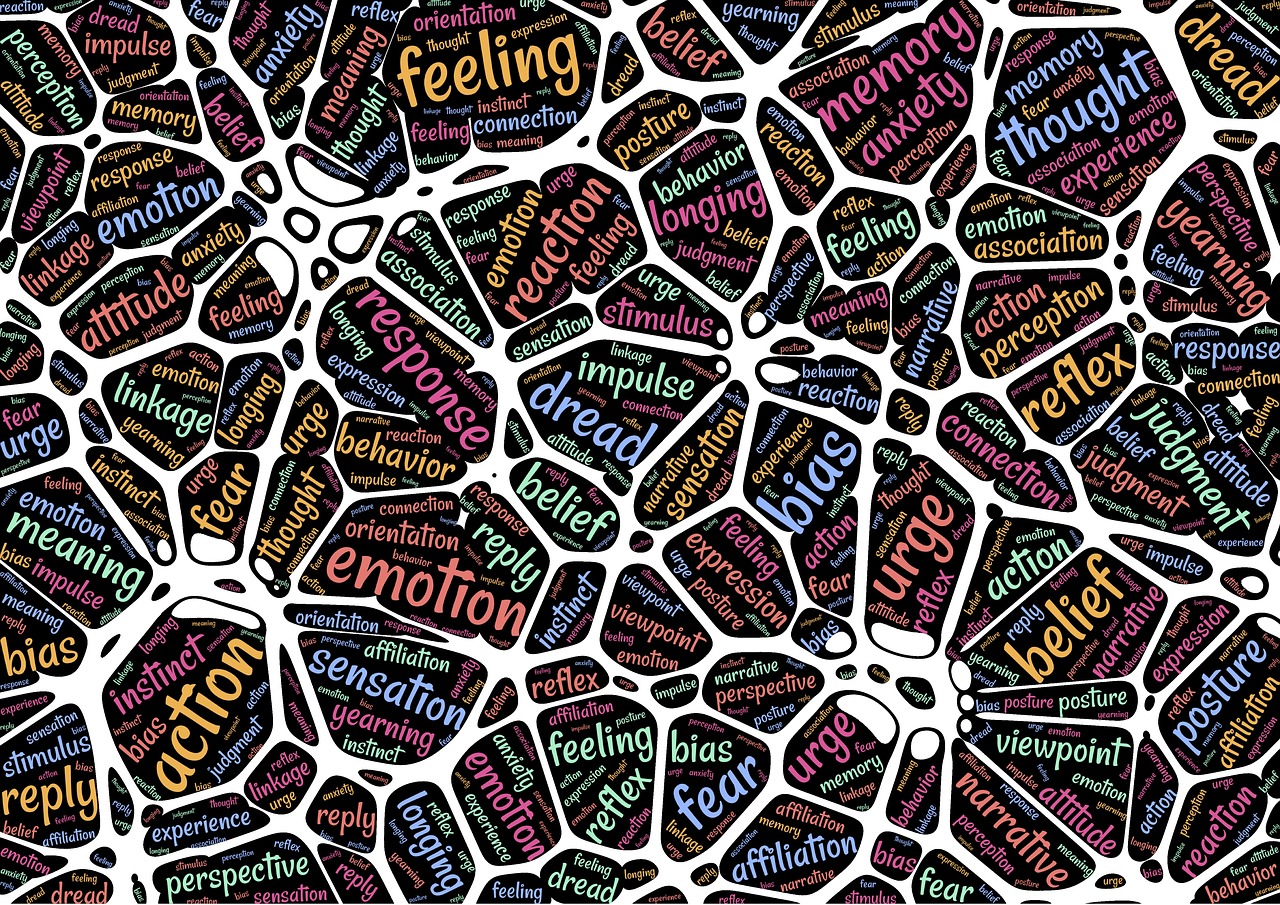So you’re curious about neurofeedback, huh? Well, let me tell you, it’s a fascinating technique that has been gaining attention in the world of mental health and self-improvement. Essentially, neurofeedback is a form of biofeedback that directly targets and trains the brain. By measuring and analyzing the brain’s electrical activity, individuals are able to learn how to regulate and optimize their brainwaves, leading to potential improvements in various aspects of their lives. Sounds intriguing, right? Let’s dig deeper into the world of neurofeedback and explore its potential benefits.
What is Neurofeedback?
Neurofeedback is a non-invasive therapeutic technique that involves training the brainwaves to help improve cognitive functions, regulate emotions, and treat various conditions such as ADHD, anxiety, depression, and autism spectrum disorder. It is often referred to as EEG biofeedback as it uses electroencephalography (EEG) to measure and provide feedback on brainwave activity.
Definition
Neurofeedback, also known as EEG biofeedback, is a form of therapy that helps individuals learn how to self-regulate their brainwave activity. It is a safe and non-invasive technique that uses real-time feedback from the brain’s electrical activity to teach self-control and improve brain functioning.
How Does Neurofeedback Work?
Neurofeedback utilizes sensors placed on the scalp to measure brainwave activity using EEG technology. These sensors detect the electrical signals produced by the brain and send the information to a computer system. The individual engages in various tasks or activities while receiving visual or auditory feedback based on their brainwave patterns.
The feedback is designed to encourage desirable brainwave patterns and discourage undesirable ones. Through repetition and reinforcement, the brain learns to regulate its activity and achieve a more balanced and optimal state. This process is known as operant conditioning, where the brain is rewarded for producing the desired brainwave patterns.
History of Neurofeedback
The roots of neurofeedback can be traced back to the late 1920s when Hans Berger, a German psychiatrist, discovered the electrical activity of the human brain. However, it was not until the 1960s that researchers began experimenting with controlling brainwave activity.
Initially, neurofeedback was primarily used in research settings, but it gained popularity in the 1970s when biofeedback equipment became more accessible. In the 1980s, the field of neurofeedback started to expand rapidly as advances in technology made it easier to measure and analyze brainwave activity.
Over the years, neurofeedback has evolved into a well-established treatment approach with a growing body of research supporting its effectiveness in various conditions, leading to its integration into clinical practice.
Benefits of Neurofeedback
Stress Reduction
Neurofeedback has shown promising results in reducing stress and improving stress management. By training the brain to achieve a state of relaxation, individuals can learn to regulate their stress response and achieve a calmer and more focused state of mind.
Improved Cognitive Functions
Neurofeedback has been found to enhance cognitive functions such as attention, memory, and executive functions. By targeting specific brainwave patterns associated with these functions, neurofeedback can help individuals improve their cognitive performance and reach their full potential.
Emotional Regulation
Neurofeedback can also be effective in improving emotional regulation. By training the brain to regulate its activity in regions associated with emotions, individuals can develop better control over their emotional responses, leading to greater emotional stability and resilience.
Treatment for ADHD
One of the most well-known applications of neurofeedback is in the treatment of Attention-Deficit/Hyperactivity Disorder (ADHD). Neurofeedback training helps individuals with ADHD learn to self-regulate their brainwave patterns, leading to improved attention, impulse control, and overall behavioral functioning.
Anxiety and Depression Management
Neurofeedback has shown promise in reducing symptoms of anxiety and depression. By training the brain to produce calmer and more balanced brainwave patterns, individuals can experience a reduction in anxiety symptoms and an improvement in mood.

Neurofeedback Training Process
Initial Assessment
The neurofeedback training process typically begins with an initial assessment, where the client’s goals, symptoms, and history are evaluated. This assessment helps determine the specific training protocols and neurofeedback system that will be most appropriate for the individual.
Setting Up the EEG Equipment
Once the initial assessment is complete, the EEG equipment is set up. This involves placing sensors on specific locations of the scalp, which will measure the brain’s electrical activity. The sensors are connected to an EEG amplifier, which sends the data to a computer for analysis and feedback generation.
Training Session Protocols
During the training sessions, the individual engages in various tasks or activities while receiving real-time feedback based on their brainwave activity. The specific protocols and activities will vary depending on the individual’s goals and the type of neurofeedback system being used.
Monitoring Brain Activity
Throughout the training session, the neurofeedback practitioner closely monitors the individual’s brainwave activity using the EEG equipment. This real-time monitoring allows the practitioner to tailor the training protocols to the individual’s specific needs and ensure that the training is effectively targeting the desired brainwave patterns.
Adjusting Training Parameters
The training parameters, such as reward thresholds and feedback thresholds, may be adjusted as the individual progresses in their neurofeedback training. These adjustments are made based on the individual’s response to the training and any changes observed in their brainwave activity.
Types of Neurofeedback Systems
Frequency-based Systems
Frequency-based neurofeedback systems focus on training specific frequency bands of brainwaves. Examples of frequency-based neurofeedback systems include SMR (Sensory Motor Rhythm) training, which targets the 12-15 Hz frequency range, and alpha-theta training, which combines alpha and theta brainwave training.
Z-score Systems
Z-score neurofeedback systems compare an individual’s brainwave activity to a normative database, allowing for a more individualized and targeted training approach. These systems provide feedback based on how an individual’s brainwave activity deviates from the norm and aim to bring the brainwave patterns closer to the average.
LORETA Systems
LORETA (Low-Resolution Electromagnetic Tomography) neurofeedback systems provide feedback based on the three-dimensional source localization of brainwave activity. These systems can target specific brain regions or networks and provide feedback that encourages optimal functioning in those areas.

Neurofeedback for Specific Conditions
ADHD
Neurofeedback has been extensively studied and used as a treatment approach for individuals with ADHD. Research has shown that neurofeedback training can lead to improvements in attention, impulse control, and behavioral functioning in children and adults with ADHD.
Anxiety Disorders
Neurofeedback has shown promise in reducing symptoms of various anxiety disorders, including generalized anxiety disorder, social anxiety disorder, and post-traumatic stress disorder (PTSD). By training the brain to produce calmer brainwave patterns, neurofeedback can help individuals regulate their anxiety responses and experience greater emotional well-being.
Depression
While neurofeedback is not a stand-alone treatment for depression, it can be a useful adjunctive therapy. By training the brain to produce more balanced brainwave patterns and regulating activity in regions associated with mood regulation, neurofeedback can complement other treatment approaches for depression and potentially enhance their effectiveness.
Autism Spectrum Disorder
Neurofeedback has shown promise in improving symptoms associated with autism spectrum disorder (ASD), such as social communication difficulties and repetitive behaviors. By targeting specific brainwave patterns related to these symptoms, neurofeedback may help individuals with ASD develop better self-regulation and improve their overall functioning.
Traumatic Brain Injury
Neurofeedback has been explored as a potential treatment approach for individuals with traumatic brain injury (TBI). While research in this area is still emerging, neurofeedback training shows promise in helping individuals with TBI improve cognitive functions, emotional regulation, and overall recovery.
Insomnia
Neurofeedback can also be beneficial in the management of insomnia. By training the brain to produce brainwave patterns associated with relaxation and sleep, individuals with insomnia can improve their sleep quality and reduce sleep disturbances.
Evidence and Research on Neurofeedback
Meta-analyses and Systematic Reviews
Numerous meta-analyses and systematic reviews have been conducted to evaluate the effectiveness of neurofeedback across various conditions. These reviews consistently show positive results, indicating that neurofeedback is a promising therapeutic technique with demonstrated efficacy.
Neurofeedback for ADHD
Research on neurofeedback for ADHD has consistently shown positive outcomes, with improvements in attention, impulsivity, and overall behavioral functioning. Meta-analyses have concluded that neurofeedback is a clinically effective treatment for ADHD, although additional research is still needed to identify the most effective protocols and determine long-term outcomes.
Neurofeedback for Anxiety Disorders
Studies on neurofeedback for anxiety disorders have shown promising results in reducing anxiety symptoms and improving emotional regulation. While further research is needed to establish the optimal protocols and assess long-term effects, neurofeedback appears to be a promising treatment approach for anxiety disorders.
Neurofeedback for Depression
Research on neurofeedback as a stand-alone treatment for depression is limited. However, studies examining its use as an adjunctive therapy have shown positive results in reducing depressive symptoms and improving mood. The combination of neurofeedback with other treatment approaches, such as medication or psychotherapy, may enhance the effectiveness of overall depression treatment.
Neurofeedback for Autism Spectrum Disorder
While the research on neurofeedback for autism spectrum disorder is still emerging, studies have shown promise in improving social communication skills, emotional regulation, and reducing repetitive behaviors. Neurofeedback may complement other therapies for ASD and contribute to improved outcomes in individuals with this condition.

Effectiveness and Limitations of Neurofeedback
Efficacy and Success Rates
Neurofeedback has been shown to be effective in improving various conditions, including ADHD, anxiety disorders, depression, and autism spectrum disorder. Success rates vary depending on factors such as the individual’s motivation, compliance with training protocols, and the expertise of the neurofeedback practitioner. Generally, neurofeedback is considered to be a safe and effective treatment option, although results may vary between individuals.
Potential Side Effects
Neurofeedback is a non-invasive and generally safe therapy with minimal side effects. However, some individuals may experience temporary effects such as fatigue, mild headaches, or sleep disturbances during the initial stages of training. These effects typically subside as the brain adapts to the training.
Individual Variability
Like any therapeutic approach, the effectiveness of neurofeedback may vary between individuals. Factors such as age, overall health, and the specific condition being treated can influence the response to neurofeedback. It is important to work with a certified neurofeedback practitioner who can tailor the training protocols to the individual’s specific needs.
Neurofeedback Training Settings
Clinical Settings
Neurofeedback training is typically conducted in clinical settings, where certified practitioners administer the training sessions. These settings provide a controlled environment for the assessment, training, and monitoring of individuals undergoing neurofeedback therapy. The practitioner guides the training process and ensures the safety and effectiveness of the sessions.
Home-based Neurofeedback
In recent years, home-based neurofeedback systems have become increasingly available. These systems allow individuals to undergo neurofeedback training in the comfort of their own homes. While home-based training can provide convenience and flexibility, it is important to consult with a certified practitioner to ensure proper training protocols and guidance.
Neurofeedback vs Other Treatment Approaches
Medication
Neurofeedback offers a non-pharmacological alternative to medication for various conditions. While medication can be effective in managing symptoms, it often comes with side effects and may not address the underlying causes of the condition. Neurofeedback offers a holistic approach that aims to train the brain to self-regulate, potentially leading to long-term improvements without the need for ongoing medication.
Psychotherapy
Neurofeedback can complement psychotherapy by helping individuals regulate their brainwave activity and improve emotional regulation. While psychotherapy focuses on the cognitive and emotional aspects of a condition, neurofeedback targets the underlying brain activity, addressing the physiological component. The combination of these approaches can enhance overall treatment outcomes.
Brain Stimulation Techniques
Neurofeedback differs from brain stimulation techniques such as Transcranial Magnetic Stimulation (TMS) or Electroconvulsive Therapy (ECT). While brain stimulation techniques directly modulate brain activity, neurofeedback relies on the individual’s active participation and self-regulation. Neurofeedback provides a more personalized and individualized approach, allowing the brain to learn and self-correct without external intervention.
Cost and Availability of Neurofeedback
Financial Considerations
The cost of neurofeedback training can vary depending on several factors, such as the location, certification, treatment package, and duration of the training. In general, neurofeedback can be a significant financial investment due to the expertise and equipment required. It is important to discuss the cost and insurance coverage with the neurofeedback practitioner beforehand.
Finding a Certified Neurofeedback Practitioner
To ensure reliable and effective neurofeedback training, it is essential to work with a certified neurofeedback practitioner. The Biofeedback Certification International Alliance (BCIA) offers certification programs for neurofeedback practitioners. It is recommended to research and seek recommendations when choosing a neurofeedback practitioner to ensure the highest level of expertise and professionalism.
In conclusion, neurofeedback is a non-invasive therapy that uses real-time feedback to train the brainwave activity for improved cognitive functions, emotional regulation, and the treatment of various conditions. With its versatility and potential benefits, neurofeedback shows promise as an effective treatment approach for individuals seeking to enhance their overall well-being and address specific neurological or psychological concerns.
